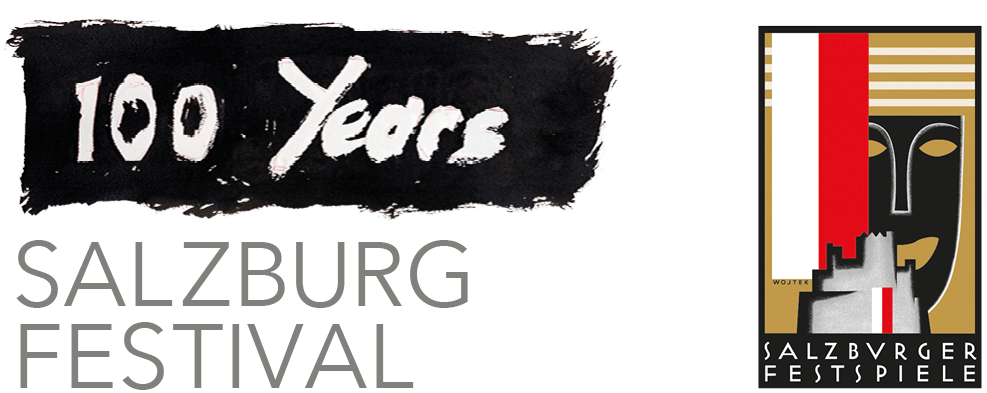26 JULY 2020 TO 31 OCTOBER 2021
NEUE RESIDENZ
MOZARTPLATZ 1
5010 SALZBURG
OPENING HOURS
Tue–Su 9–17
Contact:
secretariat
Gerlinde Kontschieder
+43-662-62 08 08-703
office@salzburgmuseum.at
guided tours
Sandra Kobel
+43-662-62 08 08-722 and 723
kunstvermittlung@salzburgmuseum.at
Head of Press & Marketing
Natalie Fuchs
Salzburg Museum
+43 662 620808-777
natalie.fuchs@salzburgmuseum.at
What would Salzburg be without the Salzburg Festival?
Neue Residenz – First floor
A table with models of festival theatres that were never built, city map of Salzburg, films
Experts talk about the significance of the Salzburg Festival for the development of Salzburg in the last 100 years.
The exhibition tour starts with a thought experiment. What would Salzburg have become without the Salzburg Festival? How would the city have developed? Its society, culture and identity? Its economy? Would the historic city look different today? What
turn would the city’s history have taken? What would Salzburg be famous for? Very diverse personalities have been discussing these questions in recent months. They shared opinions, views and arguments. The topics were always about developments
that were directly connected to the Festival. In the exhibition room, the interviews with experts come upon an installation by the Austrian artist Werner Feiersinger. On a table he placed models of Salzburg Festival theatres that were never realized. Each project tells a story of failure. At the same time, the models are an expression of their age and of utopias. The anniversary devotes a special art project to this theme in the public space. With the title Der Traum von einem Feentempel / The Dream of a Fairytale Temple, the festival theatres that were never built are visualized as a living experience in the city by artistic interventions placed at the intended building sites.
Glossary
Werner Feiersinger (born in 1966 in Brixlegg) is an Austrian sculptor and photographer based in Vienna. Feiersinger studied sculpture from 1984 to 1989 at the University of Applied Arts in Vienna and also from 1991 to 1993 at the Jan van Eyck Academie in Maastricht. In many of his projects he reacts to selected architectural and design elements which he cites in his sculptures and translates into a reduced aesthetic idiom.



